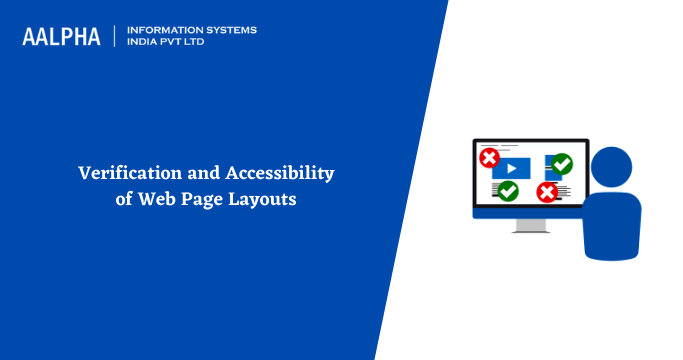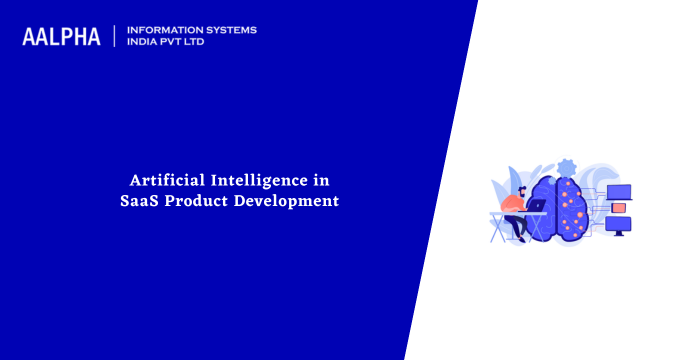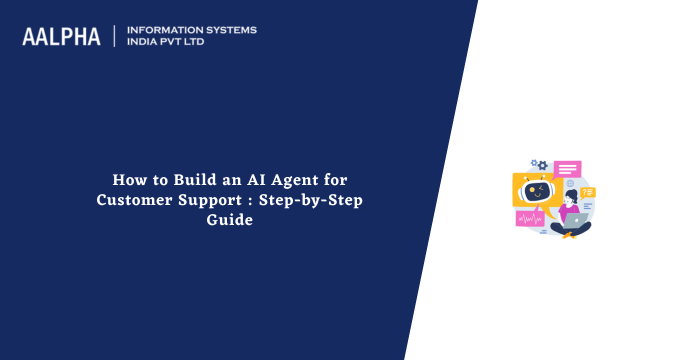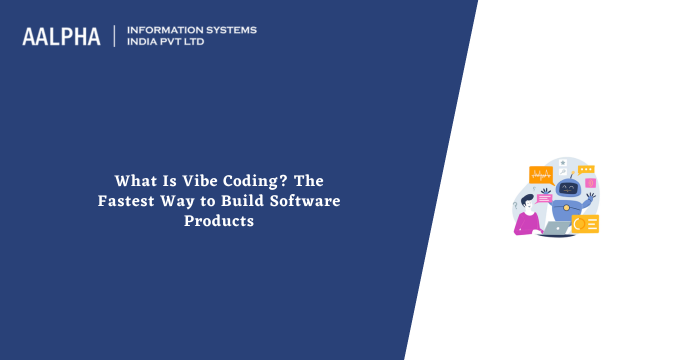Currently, web development has a wide range of factors to consider. With the vast number of users, you have to develop your web application with optimum considerations to ensure effectiveness, efficiency, and satisfaction among different website users. Among the most significant features under consideration are web accessibility and verification. Therefore, in this piece, we shall explore an in-depth discussion on the validation and accessibility of web page layouts.
The now demanding and continuously progressing digital transformation calls for an apparent and crucial consideration of verification and accessibility of web page layouts. Therefore, a review of this vital factor has seen most people enjoy many opportunities in accessing critical information, tools, and services from online platforms. Different users can access the tools and access anything or any services at their disposal. For instance, people can vote in elections, order their favorite meals at the comfort of their homes, and much more of such services.
The importance of web accessibility
While all other web development factors could be substantial, it is essential to discover great concern about web accessibility. The quest for web accessibility vitality sums up in social, legal, and economic dimensions. Let’s dig deeper into these vitalities.
The social importance of web accessibility
Society is full of people, each with different aspects and ways of living. Consider people living with disabilities. Do you think web accessibility could be a great advantage for them? Web accessibility is a tremendous considerable factor in matters related to the disabled in society. It is crucial to recall that accessing the web with no limiting factors is a gateway allowing people to participate in and access web resources and services equally. Therefore, we can consider web accessibility as a factor that tries to cut off marginalization.
Economic opportunities
With web accessibility, businesses, brands, and organizations will always reach out to larger audiences without ease. The possibility of an extensive audience reach will, in turn, bring in new customers to businesses hence a more significant increase in revenue for the brand or company. Consider a case where web accessibility would be almost impossible. In such cases, when a business or brand provides services to its customers via the web, a significant percentage of the potential and active customers who cannot access the web may miss out on the benefits. It will, in turn, be a substantial loss for the organization.
Therefore, when developing a business website or maybe a website that could generate revenue, you should ensure that your page layout tries to capture all possible users and potential customers to the maximum. Otherwise, if you don’t consider web accessibility, you might only reach out to a limited audience, and therefore, your web may end up dwindling. Remember, users and customers are the central points of consideration when developing websites.
Legal requirements
Why do you think you significantly need to consider web accessibility as a factor in your web page layout? While web accessibility might seem an optional factor of consideration for the web developer, it is essential to realize protection under the law in most places. Therefore, we can consider web accessibility as a legal requirement. Even though this lawful requirement doesn’t cut across the entire world. Moreover, it is crucial in the European Union, Canada, the United States, among other parts of the world. The law calls for accessibility of some online content and website to almost everyone.
Web Accessibility Statistics
According to a study conducted to understand the criticality of web accessibility among the users, it is clear that more than average disabled customers and web users will always leave a website whose usability isn’t user-friendly. A further significant percentage of users who need to access a wide range of resources from the web would spend more money online with great flexibility of websites.
Therefore, such a statistic depicts the great need for web accessibility for any web page layout. Furthermore, many customers can support a business with digital and physical accessibility. With all these in mind, you can realize the great need for all websites to assure proper accessibility of websites. Thus, this piece looks more into verification and web accessibility and how they can reach out to many potential users and customers. Let’s dive into some of the most excellent tips that will ensure your web page layouts’ accessibility.
Essential tips for web accessibility
Usually, a website may have a lot of barriers that may limit most users from accessing crucial resources and services they might need. Some users may not be patient enough to stay on such websites, and therefore, it limits a greater reach out to potential customers. Most websites will permanently lose possible users and potential customers for this reason. Some of the most excellent tips to ensure and maintain your website’s accessibility include:
-
The use of a content management system with accessibility support
In developing a website, you will require to choose a content management system. While selecting any content management system isn’t a good practice, you must establish a proper CMS, especially web accessibility features. As you choose your content management system for web development, you have to inclusively and exclusively examine the themes, page layouts. Moreover, even plugins for compatibility with the available web accessibility standards.
-
Structure and arrange your web page layout with headers
Your web page layout structure is good enough to establish its web accessibility rating. While the header element may be minor and undermined, it plays a critical role in structuring and organizing your webpage for accessibility. Therefore, correct usage of headers allows for easy user navigation from one webpage to another. It helps to improve the search engine optimization score, creating leeway for generating more traffic to the website. Ensure you structure your web page properly with practical headers to enhance the web accessibility rating.
-
Usage of alt tags for images
While most coding requirements and aspects might seem useless, exploring their importance in totality is essential. As minor as the HTML alt tag might seem, it is crucial to advancing web page verification and accessibility. Usage of images on web pages is a great idea and enhances user understanding while on the website. However, only that is not enough. Keep in mind that the critical goal is to create a webpage layout that is friendly and helpful for all. Once you incorporate an image into your website, you can think of how those with limited or impaired vision will view the image. At this point, the alt tag chips in to enhance the accessibility of the picture. With proper usage of tags, your website will likely achieve a great SEO score on Google.
-
Usage of descriptive titles for links
A descriptive title will always direct users and assure them where they are going next and what resource or service they will access in the next session. Therefore, a descriptive title for links makes it easier for users to navigate the web page and website by understanding what the link does upon redirection.
-
Careful color usage
The colors of web pages and websites are distinctive resources for different kinds of information. Therefore, for proper accessibility and assurance of meeting appropriate web usage standards, your webpage, and the entire website should incorporate the right colors. However, it is also crucial to consider other factors such as color blindness when mixing colors. Moreover, ensure to use proper contrast, accurate colors for call-to-action buttons, and more.
-
Use forms for web accessibility
Forms are crucial ingredients that enable users to interact with the website in dialog form. Therefore, when creating forms, it would help if you labeled all the text fields appropriately, used descriptive titles. Moreover, enabled some form automation features to make it easier for the user.
-
Use tables appropriately
There are instances you might need to present tabular data on your web page. It is essential to use tables appropriately. In various cases, you will also need to use the CSS presentation of tables to structure your tables properly and enhance user understanding of the data within the tables.
-
Proper site navigation via the keyboard
Barrier-free navigation via the keyboard is a significant point of consideration that ensures proper accessibility for people with vision difficulties. Moreover, it is essential to ensure that navigation through the entire website is possible via the keyboard.
-
Validate web accessibility
Before making your website accessible to the users, you must test it for web accessibility. Suppose you feel it is not good enough to reach the required standards for web accessibility. In that case, it is essential to review it and ensure that all accessibility dimensions fit almost all potential users. With testing and validating the web accessibility, you can also access your website for bugs and flaws that might inhibit the likely website user from staying on the website at an optimum time.
Conclusion
Web accessibility and verification are crucial since the main aim of developing websites is to have a great user base. Without adhering to the standards for creating accessible websites, you might end up losing users for smaller bags and considerations you can correct.
Any queries? feel free to contact us and get a consultation from professional experts.
Also check: Mobile App Accessibility Testing




Share This Article:
Written by:
Muzammil K
Muzammil K is the Marketing Manager at Aalpha Information Systems, where he leads marketing efforts to drive business growth. With a passion for marketing strategy and a commitment to results, he's dedicated to helping the company succeed in the ever-changing digital landscape.
Muzammil K is the Marketing Manager at Aalpha Information Systems, where he leads marketing efforts to drive business growth. With a passion for marketing strategy and a commitment to results, he's dedicated to helping the company succeed in the ever-changing digital landscape.